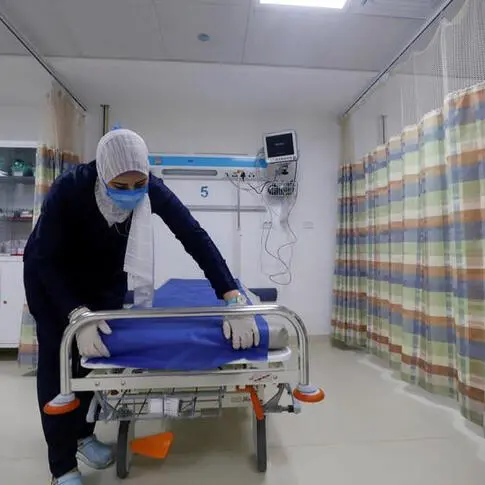PHOTO
BIRMINGHAM, UNITED KINGDOM - JUNE 14: Surgeons at The Queen Elizabeth Hospital Birmingham conduct an operation on June 14, 2006, Birmingham, England. Senior managers of the NHS have said that the organisation needs to become more open in the future. (Photo by Christopher Furlong/Getty Images)
A woman from Australia's New South Wales has been found living with a live parasitic worm inside her brain, the first such case in the world.
The worm found in her brain usually infect snakes — and the 64-year-old woman is believed to have got the infection after she inadvertently ate through grass containing the larvae.
The worm was discovered after the woman, who has not been named, faced several health issues including diarrhoea, abdominal pain, pneumonia dry cough, and night sweats for three weeks.
She was admitted to hospital in January 2021 where doctors treated her with steroids and other drugs, according to the New York Post.
By 2022, the woman’s symptoms evolved and she also started showing signs of depression and forgetfulness. Following this, she underwent an MRI scan that revealed the root cause of the problem, the report added.
The scan showed that a parasitic roundworm had been living in the right frontal lobe lesion of her brain. A surgery was then recommended by doctors and the live worm, measuring 8 cm in length and 1 mm in diameter, was removed in June 2022, reported Sky News.
The woman was found to be infected by a third-stage larva of the Ophidascaris robertsi nematode species.
The case, which is said to be the first in medical history, has been documented in the September edition of the journal Emerging Infectious Diseases. According to Sanjaya Senanayake, an infectious diseases physician in Canberra, and co-author of the study, “This is the first-ever human case of Ophidascaris to be described in the world,” reported 9News.
“To our knowledge, this is also the first case to involve the brain of any mammalian species, human or otherwise,” he added.
Senanayake told The Guardian that he was surprised to see the worm inside the woman’s brain. “Neurosurgeons regularly deal with infections in the brain, but this was a once-in-a-career finding. No one was expecting to find that,” he said.
Ophidascaris robertsi is a type of roundworm which is usually found in pythons. The authors of the study highlighted that the woman lives near a lake which has carpet pythons. While she may not have come in direct contact with the snakes, it is suspected that she collected warrigal greens from the area and used it in cooking. “We hypothesised that she inadvertently consumed O. robertsi eggs either directly from the vegetation or indirectly by contamination of her hands or kitchen equipment,” the authors added.
Copyright © 2022 Khaleej Times. All Rights Reserved. Provided by SyndiGate Media Inc. (Syndigate.info).





















